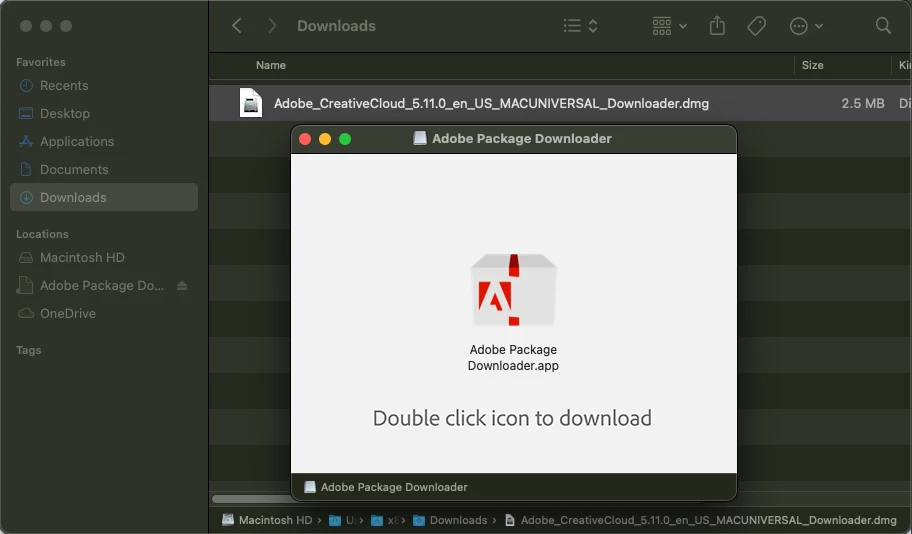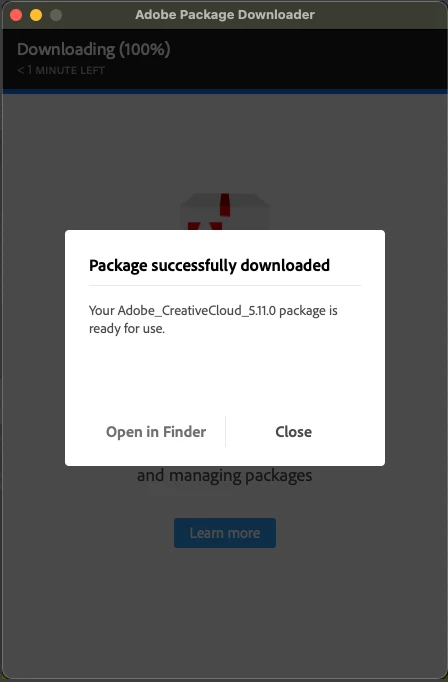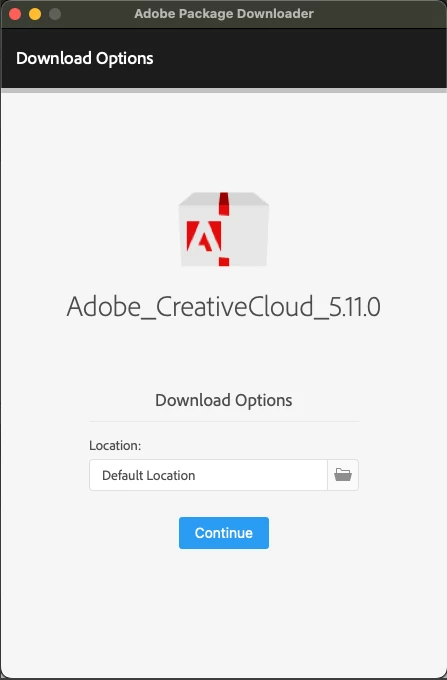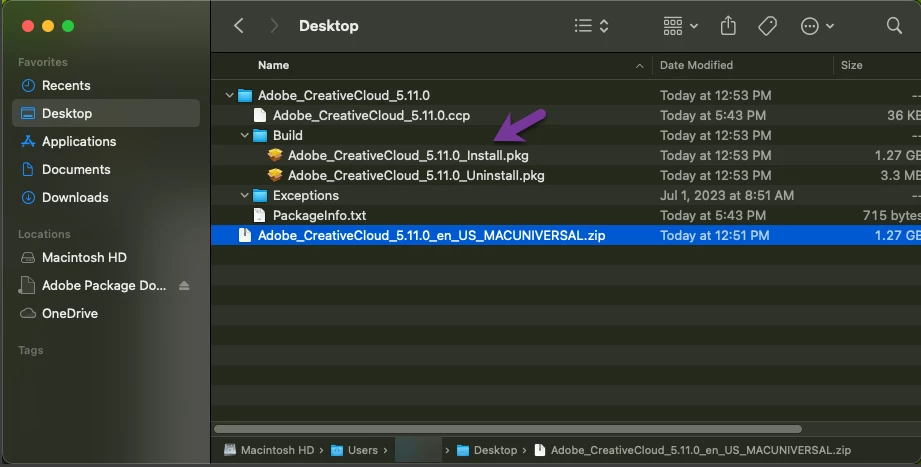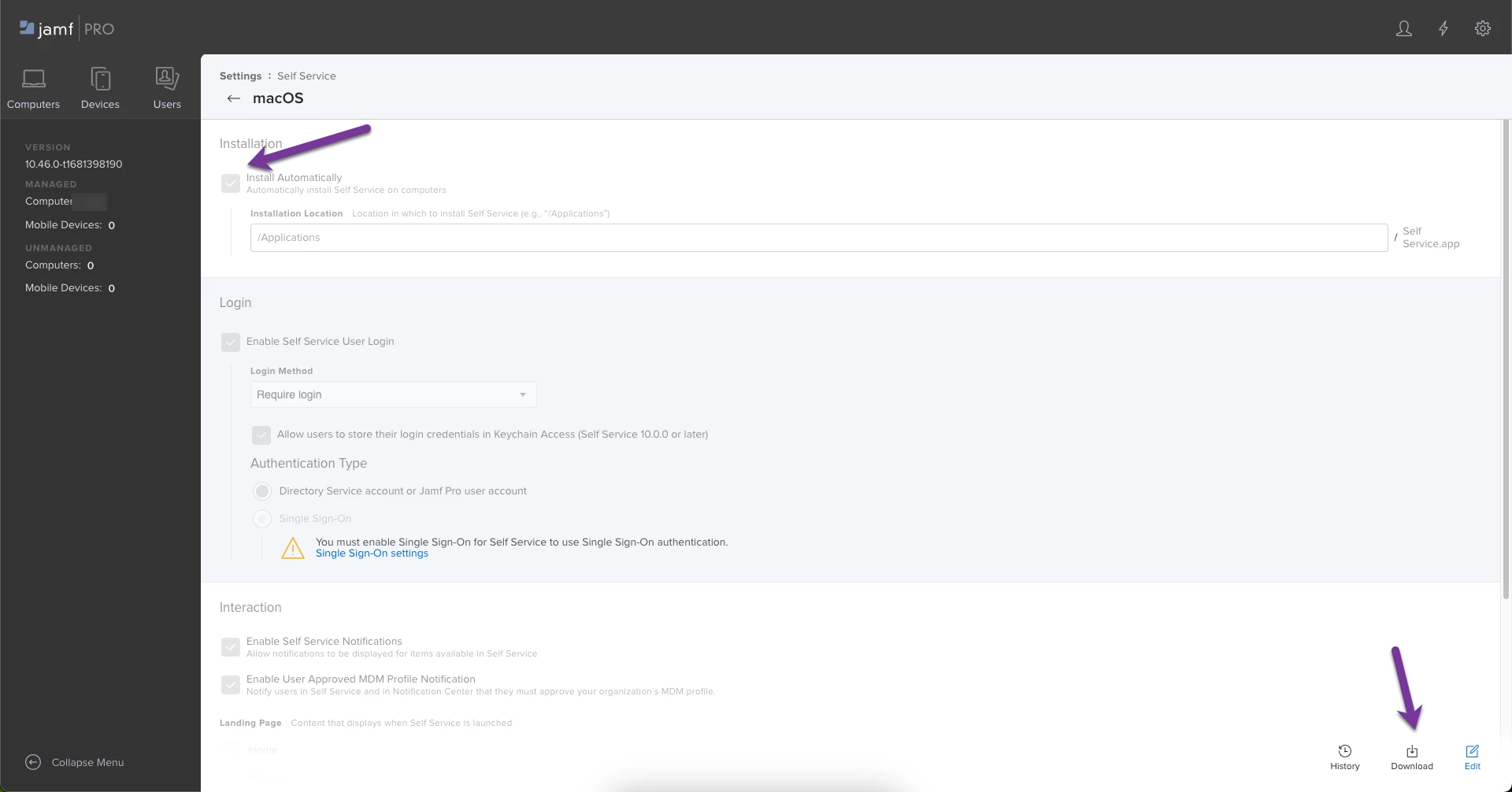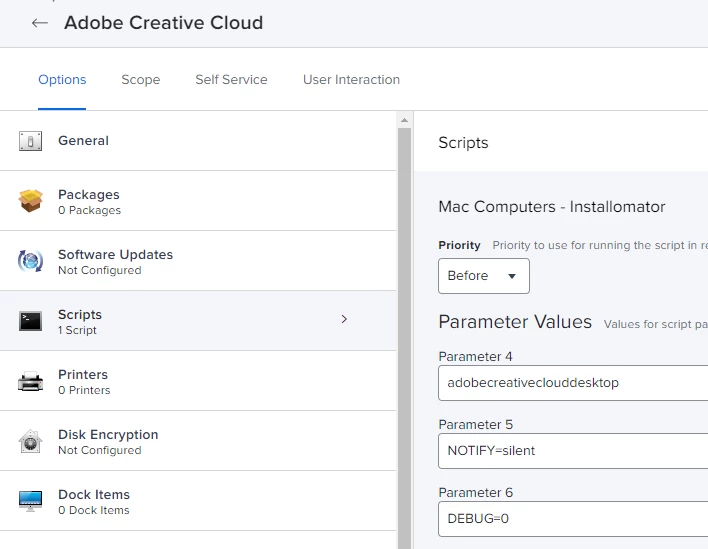Good afternoon, everyone.
I've been using Jamf Pro a little over a year now for mobile devices and have been fairly successful at getting that to work as needed, now I need to figure out how to use it for Mac computers. Currently I am trying to deploy the Adobe CC package I've made via Jamf and from all the threads I have read here on this, nothing is working for me. Mainly in that a lot of these threads commenters are saying to just upload the .pkg that is in the Build folder once I unzip the package. I don't have any .pkg file??
I am working off a Microsoft machine, not a Mac.
My process has been this:
- Go to Adobe CC Admin
- Create Package
- Package downloads, and I unzip the folder
- Go to Jamf Pro and go to Packages
- Create New
- Fill out Display Name
- Category
- Go to Filename and 'Choose File'
This is where I go to look for a .pkg file. In the zipped folder I have both Build and Exceptions folders and 3 loose files: .DS_Store, a .ccp file and PackageInfo text document. When I go into the Build folder I have FileName_Install and Filename_Uninstall folders that do end .pkg, but they are folders, not files. When I click on the Install folder there is a Content folder and an Icon_ file. From there is just becomes a rabbit hole of more nested folders, none that I can find that are .pkg.
So I don't really know what I am doing, lol. I could really use some help in making this work. Thanks.





